What it Means to be "Green"Cuyahoga Valley National Park, in partnership with the Conservancy for CVNP and Cuyahoga Valley Scenic Railroad (CVSR), is committed to pursuing the highest standards possible focused on sustainable operations and projects. We have collectively accomplished the following, starting in 2012. 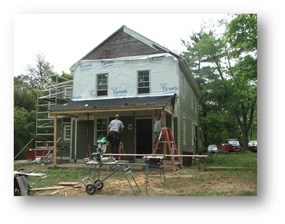
NPS Green Maintenance for Buildings:
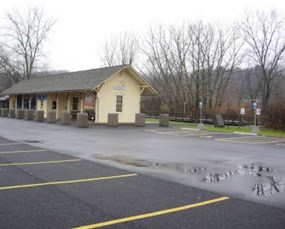
NPS Green Maintenance for Roads:
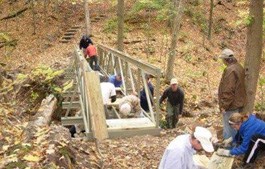
NPS Green Maintenance for Trails:
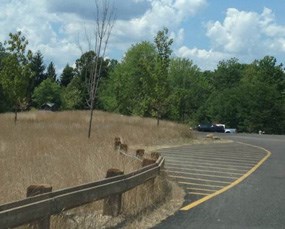
NPS Green Maintenance for Grounds:
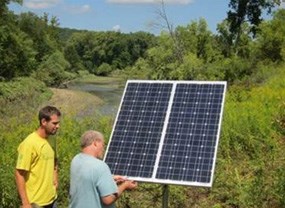
NPS Green farming practices:
|
Last updated: May 7, 2024

